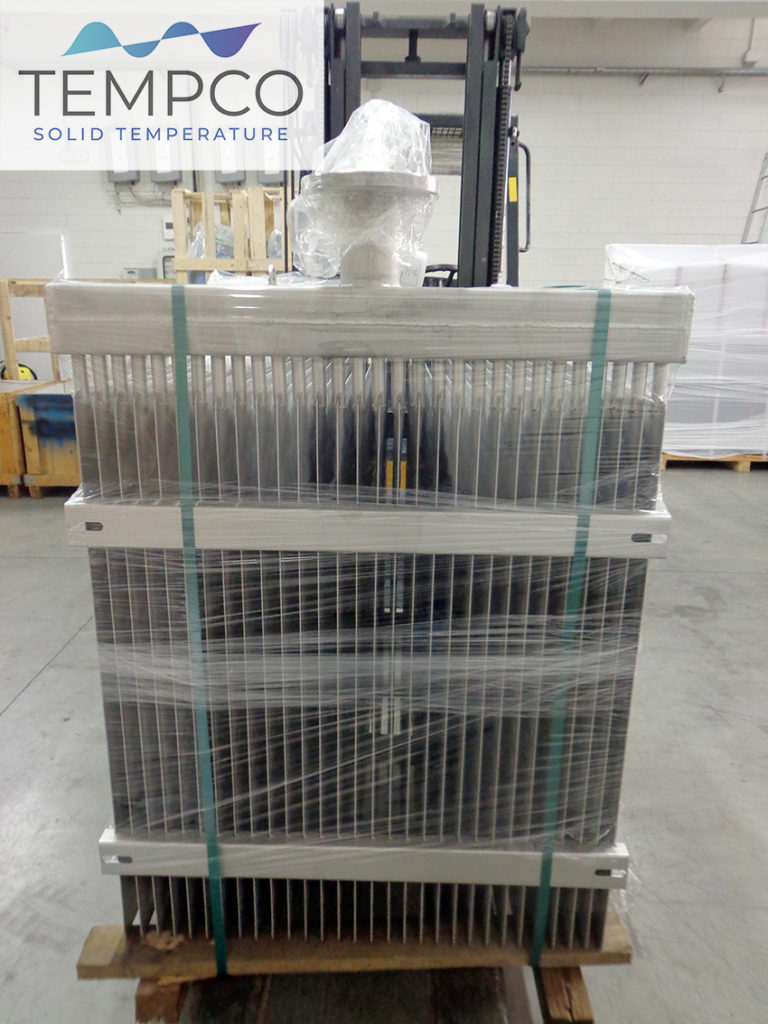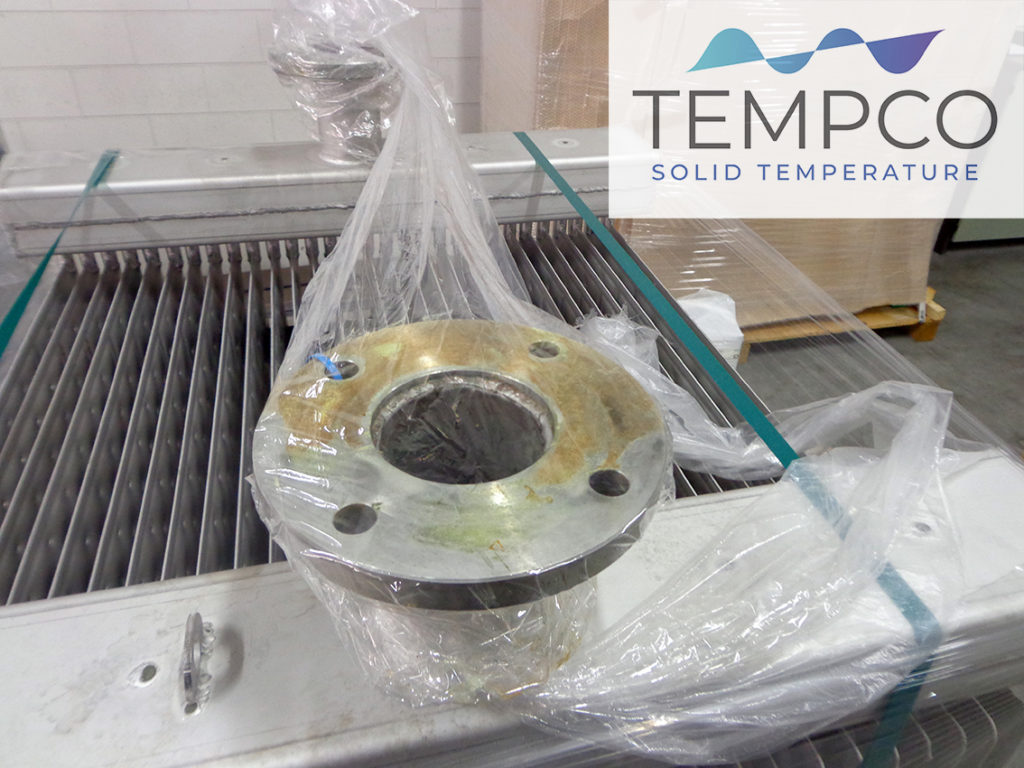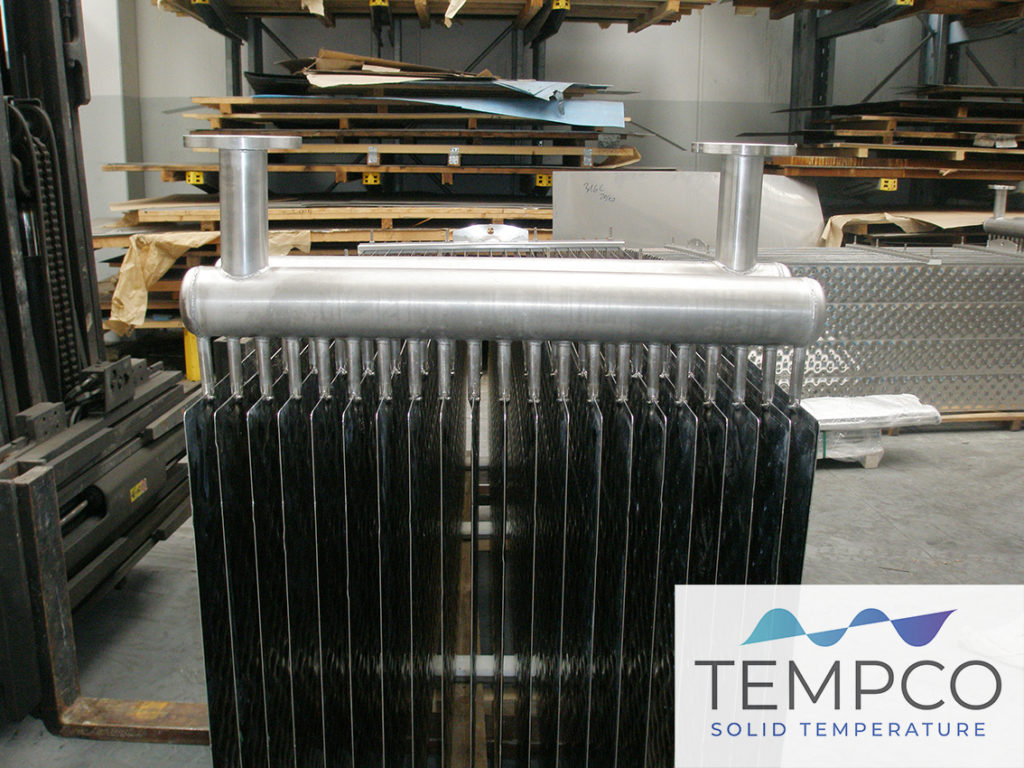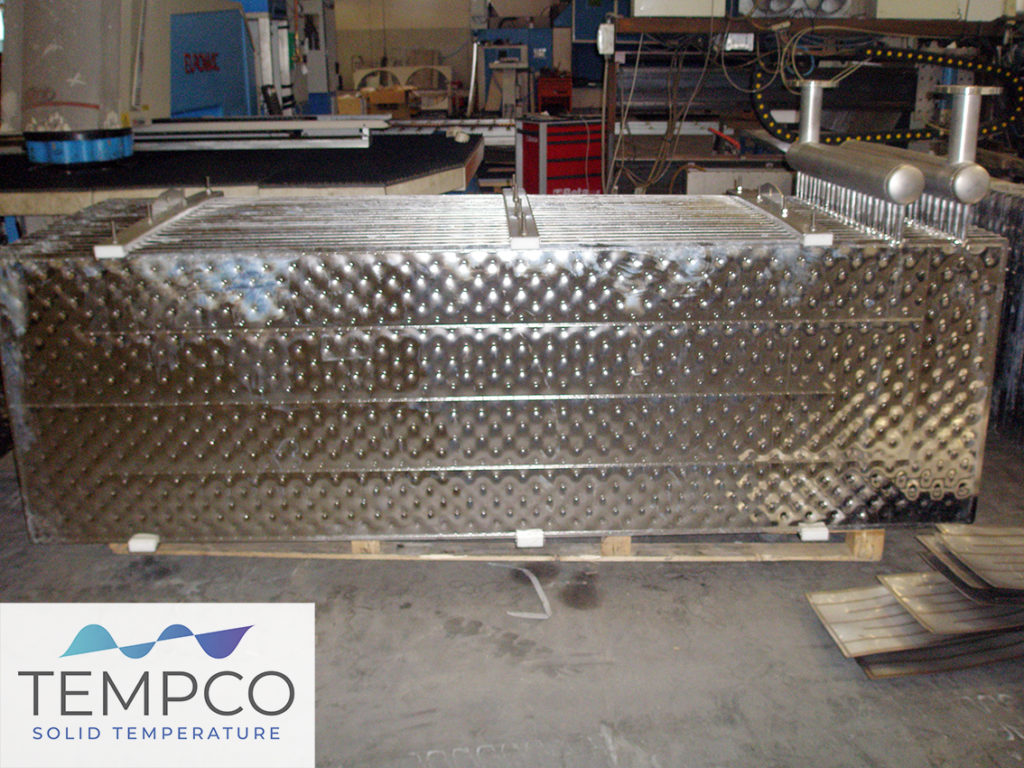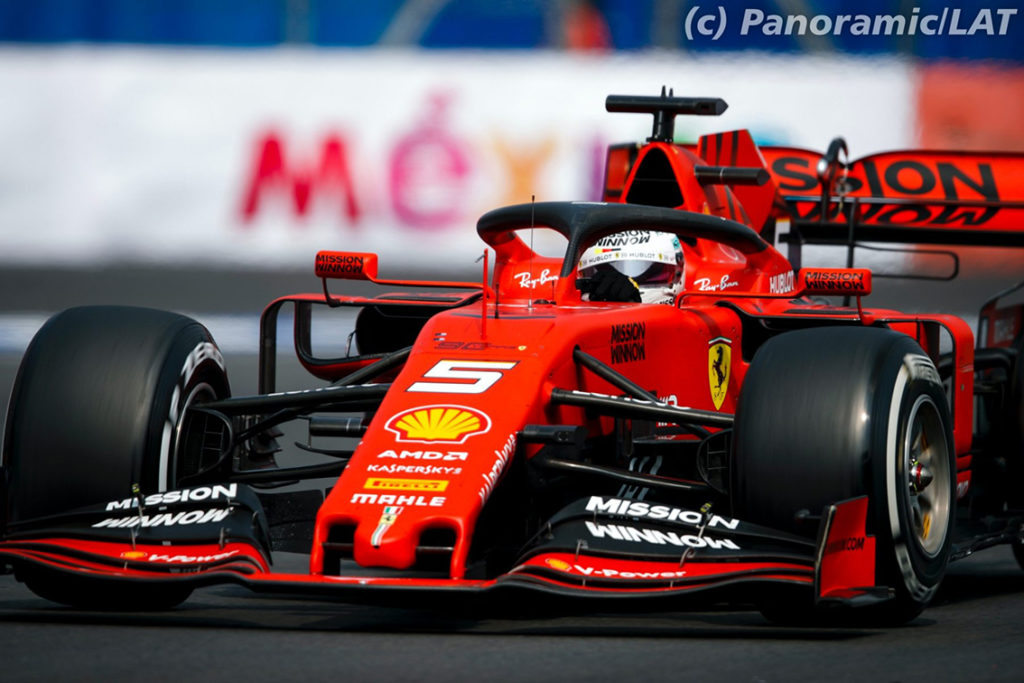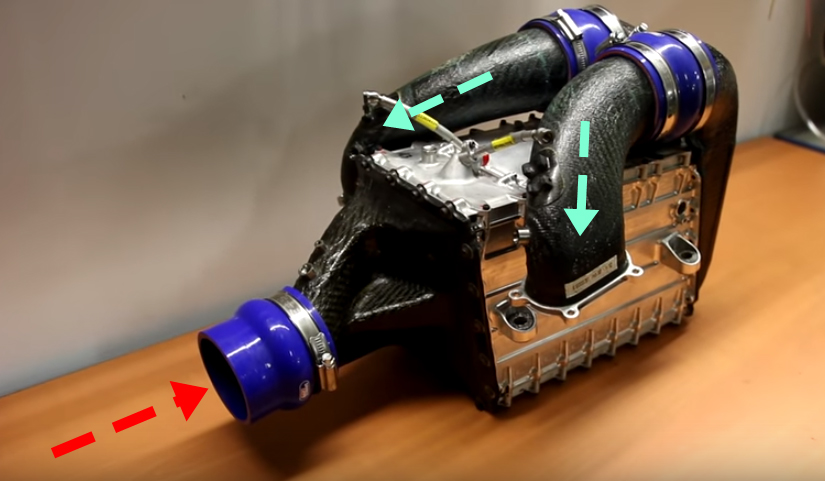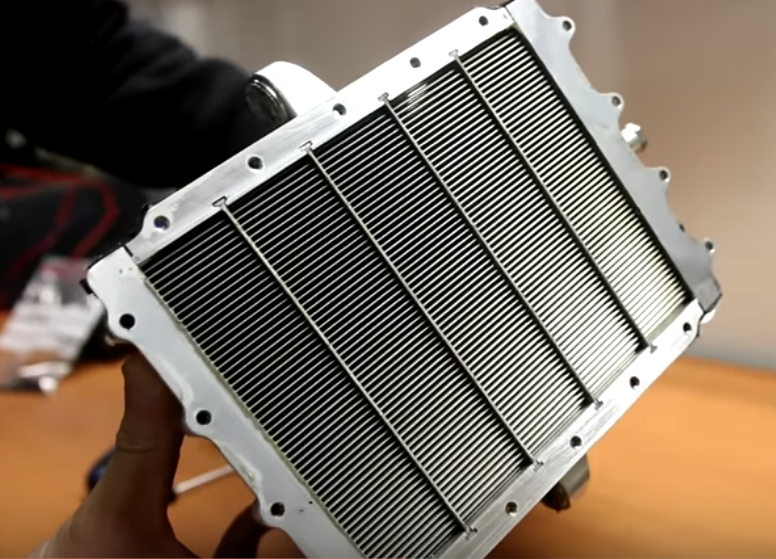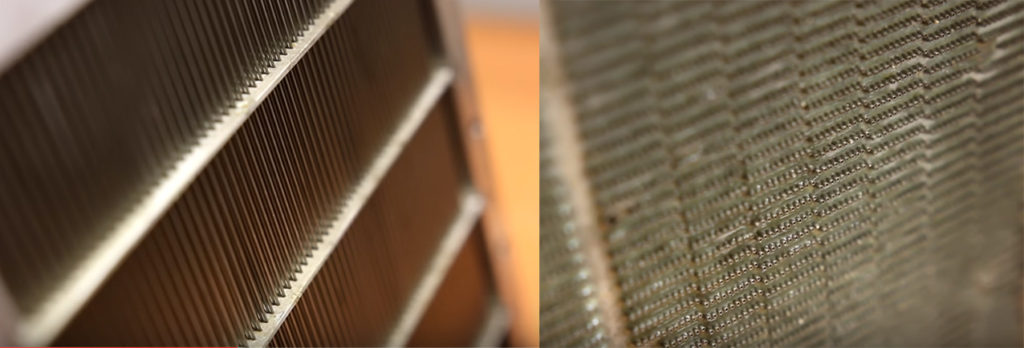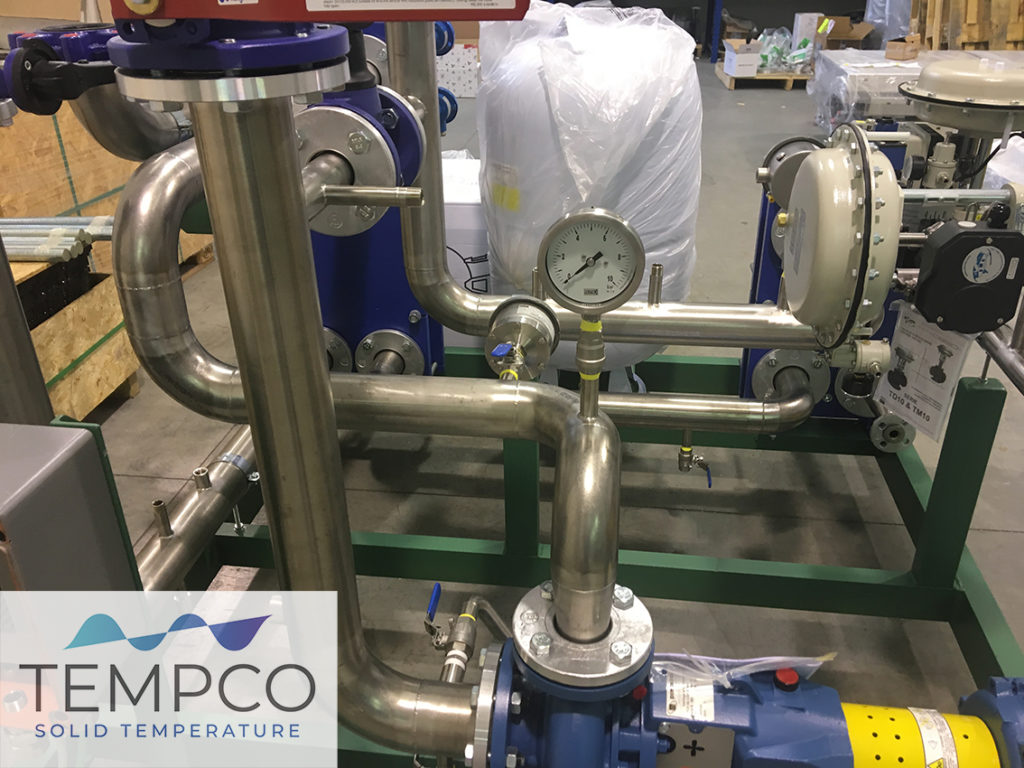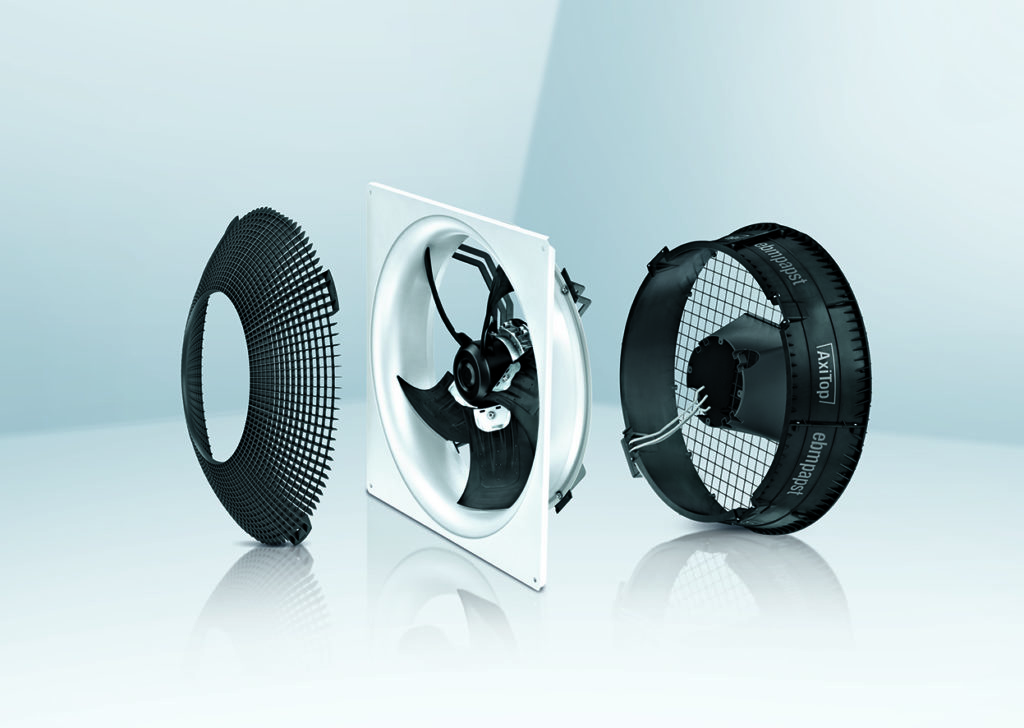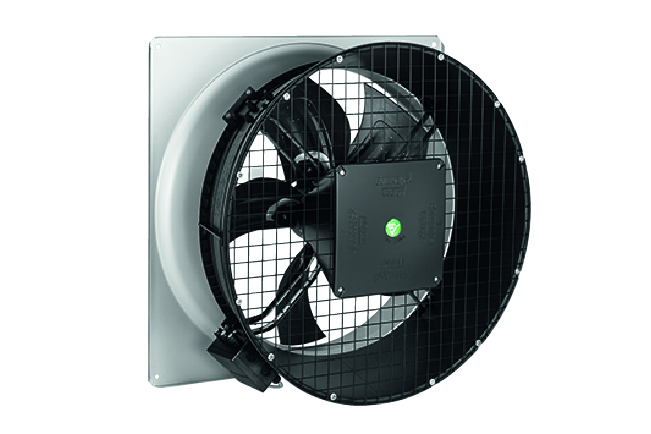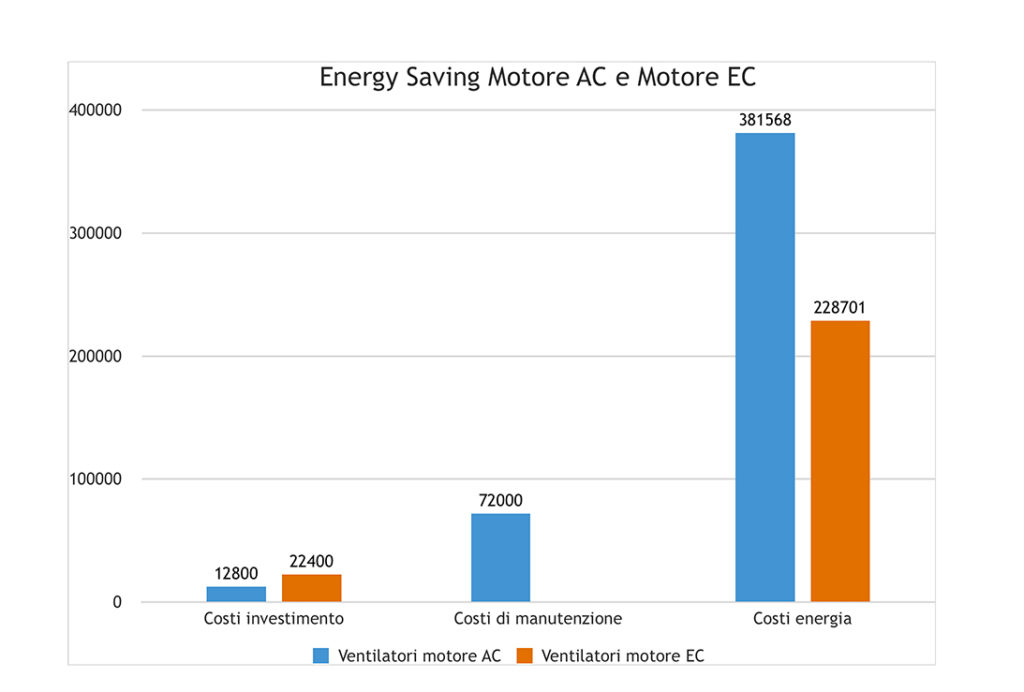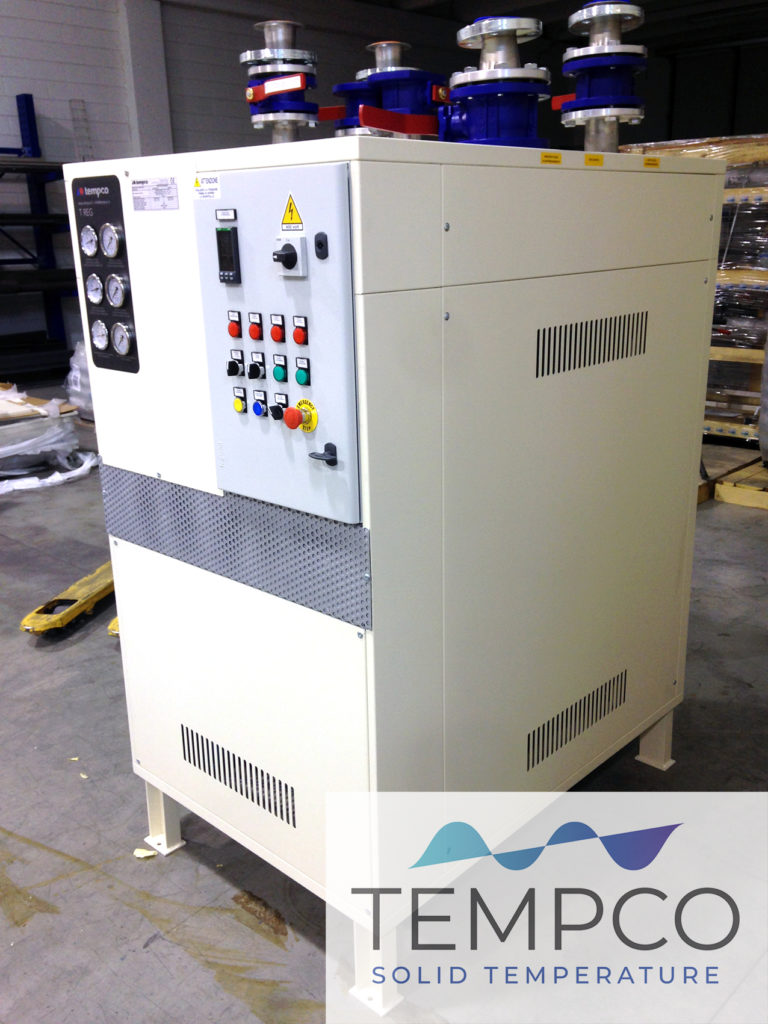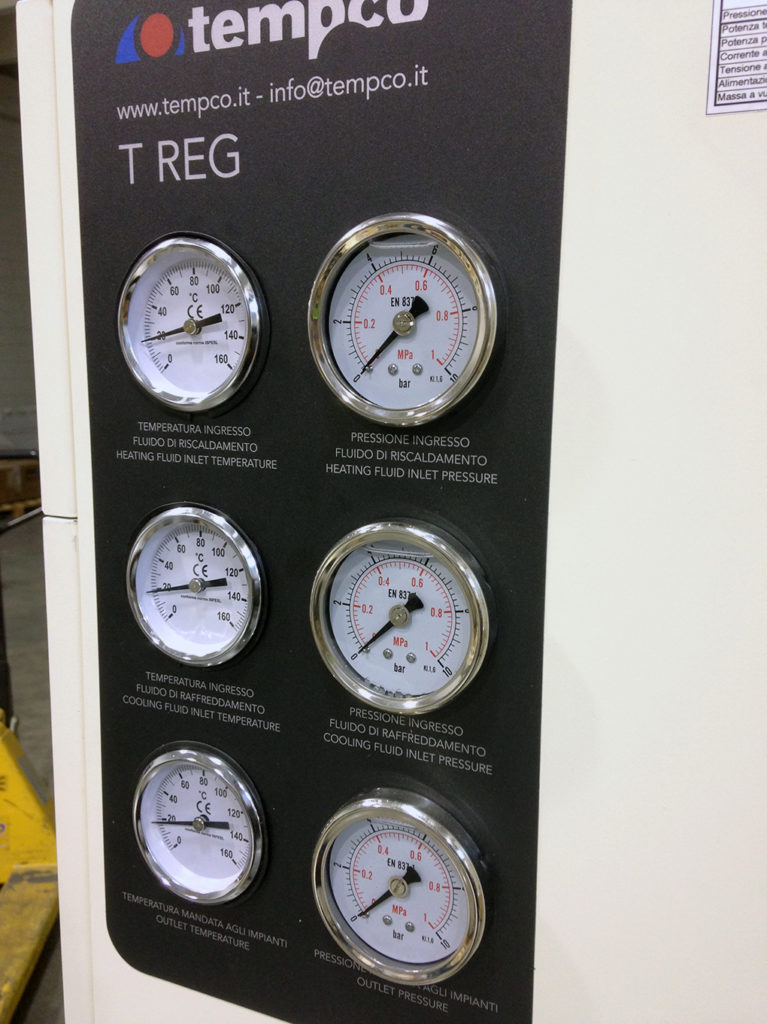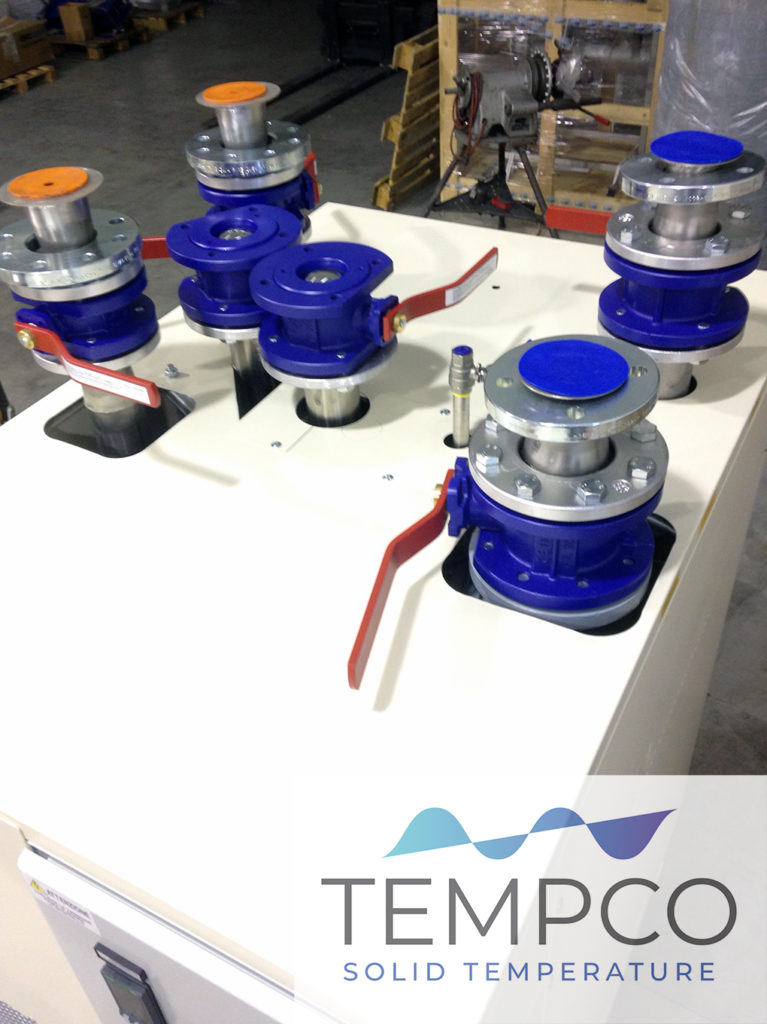A few weeks ago I had the pleasure to chat with La Termotecnica, the reference technical publication for the Italian energy and thermal energy technology industry.
To introduce Tempco, let’s say we are a company that supports production industries to achieve thermoregulation, cooling and heating tasks in their production processes, leveraging energy recovery. Nowadays Tempco systems have several important references, and can be found in the CERN’s particle accelerator in Geneva but also in automotive ovens employed for the body curing of carbon fibre structures of F1 vehicles. Our solutions are also a crucial asset to cool down carbon-ceramic brakes that slow down jets on aircraft carrier’s decks, as well as for thermoregulating active ingredients employed in a variety of pharmaceutical drugs.
The special production is a main part of our portfolio, following a philosophy that we’ve called SCF, standard custom flexibility. Starting with standard products allow us to customize solutions aimed to meet individual customer’s needs, solving their problems in thermoregulation, heating and cooling achieving the maximum efficiency, flexibility and with shorter development times.
A main place in our offering is held by plate heat exchangers, let’s say we love them a lot! We have our own production line of plate heat exchangers, both in gasketed plate type, starting from DN32 up to DN500, and in brazed plate type, copper and nickel. We also offer a special series of brazed plate exchangers, designed to withstand water hammer effects and extreme temperature variations, and brazed exchangers that resist pressures up to 100 bars and high temperatures up to 900° C.
Finally, an important place is also held by our TREG thermoregulating units, born as a natural extension of our heat exchangers core business. Customers that used to see our expertise in plate heat exchangers started asking us if we would have been able to assembly them in a thermoregulation system. From there it has been an easy step forward for us, simply implementing a production system for thermoregulating units, special ones for power plants especially. Then we went even further, by obtaining the Atex certification, so that we can also offer thermoregulating units and skid systems suited for explosive environments.

